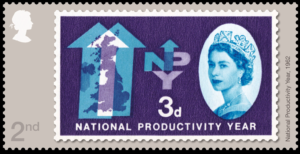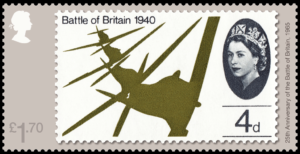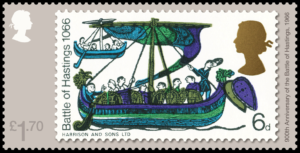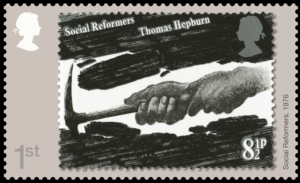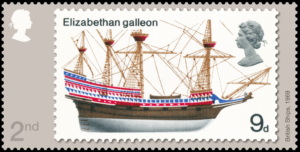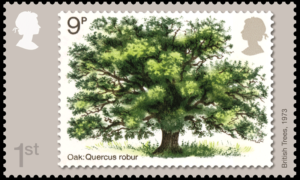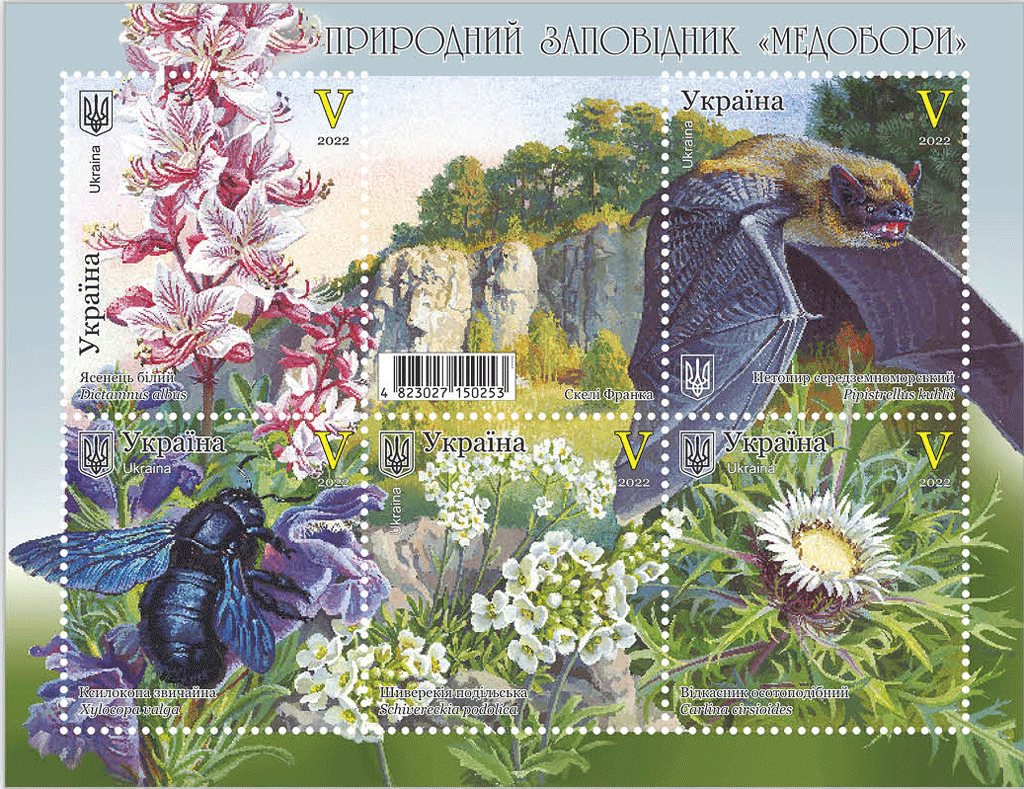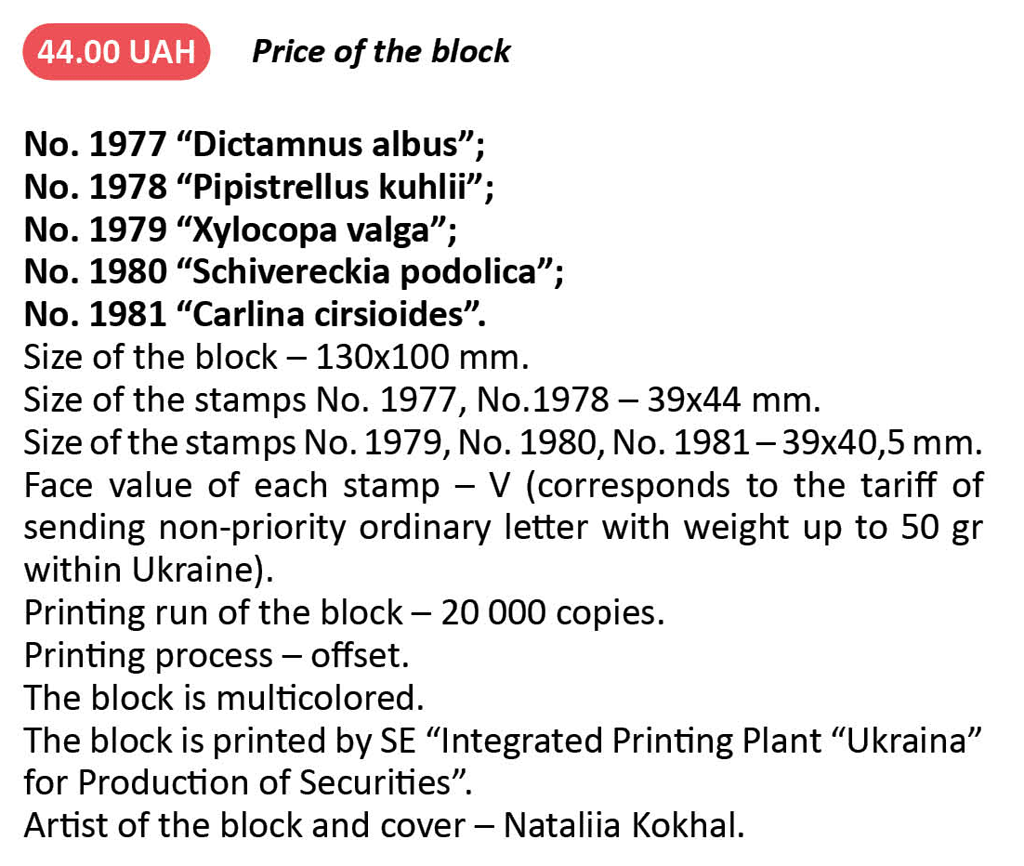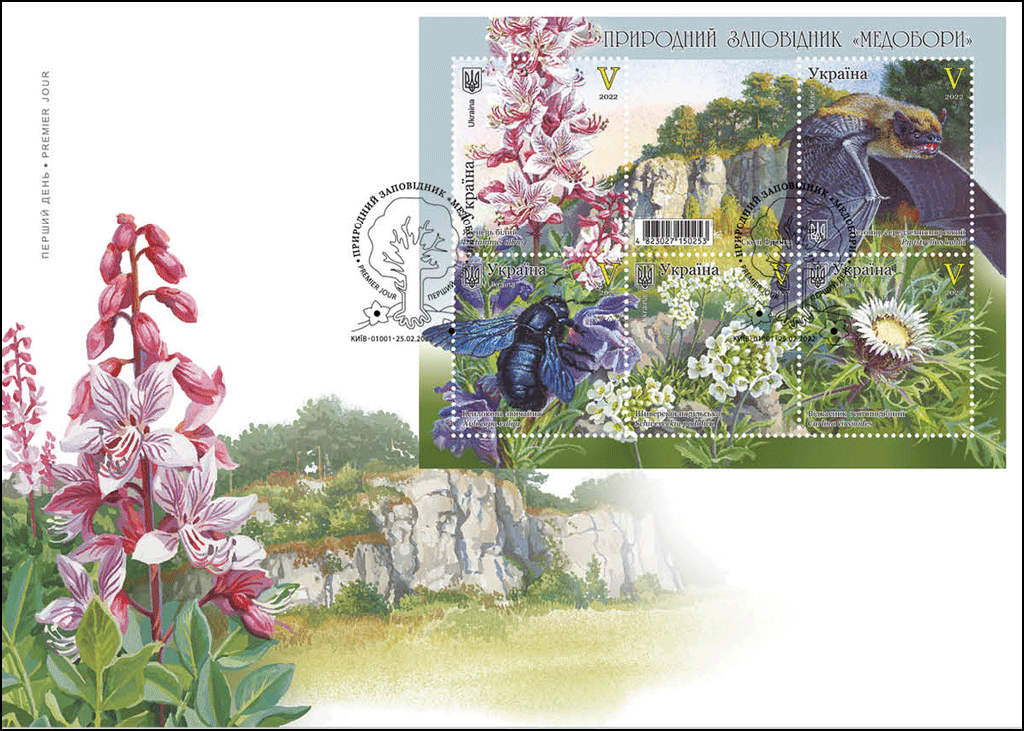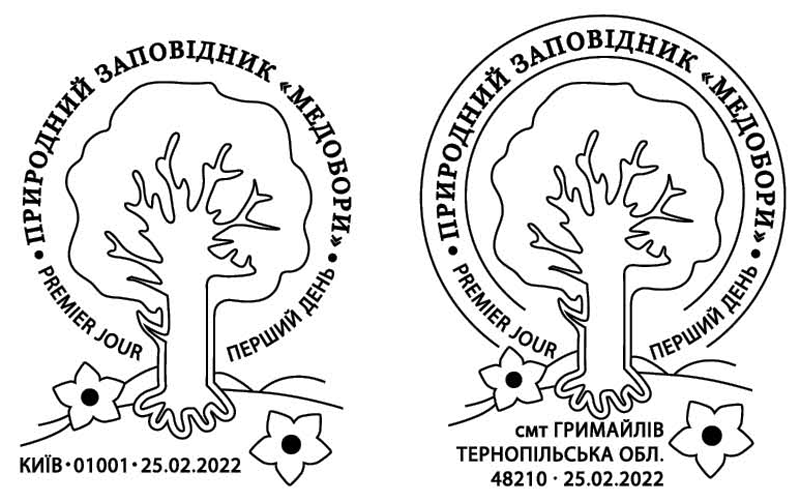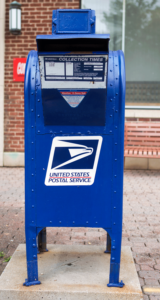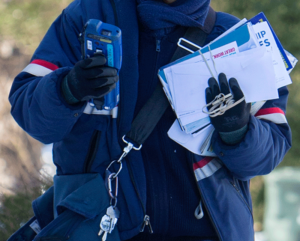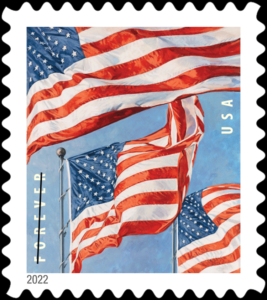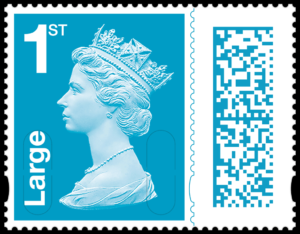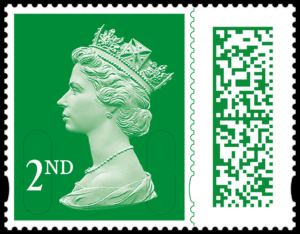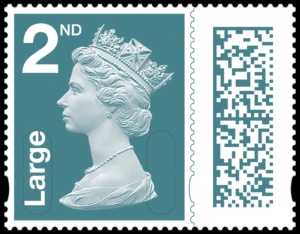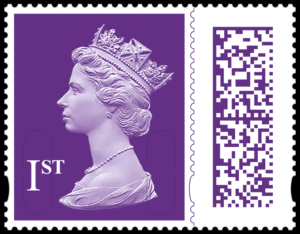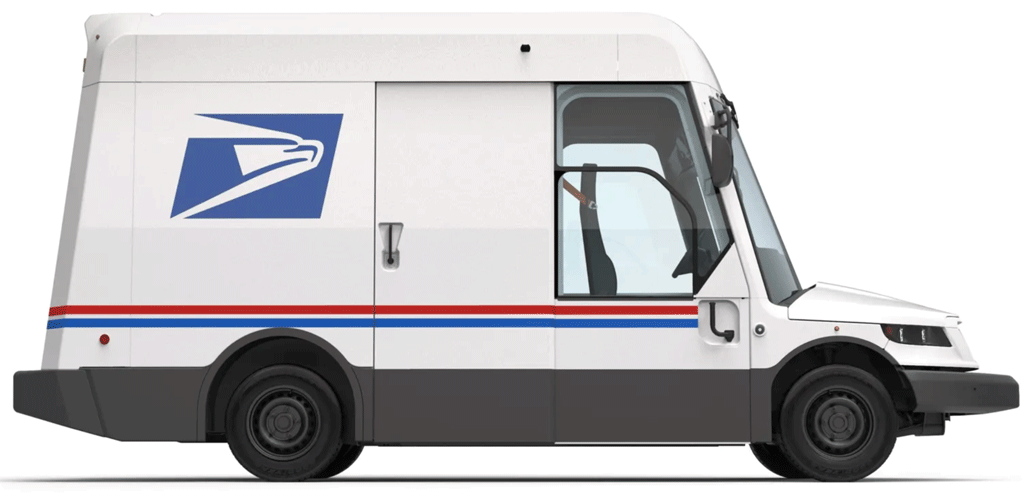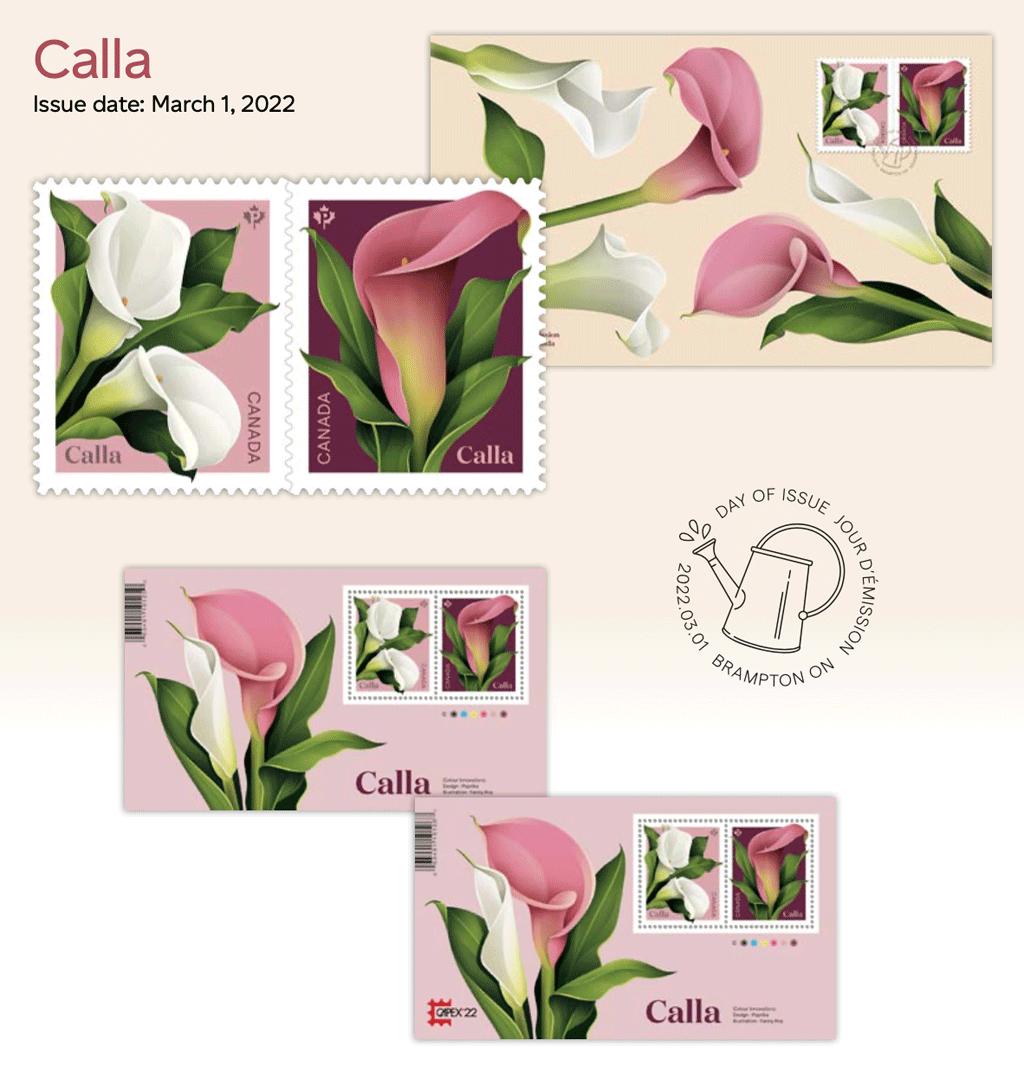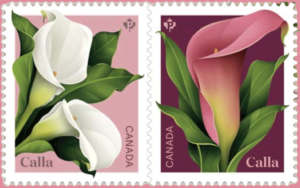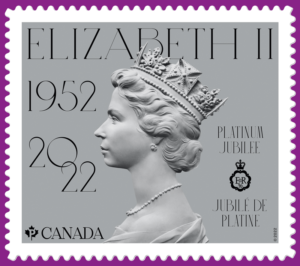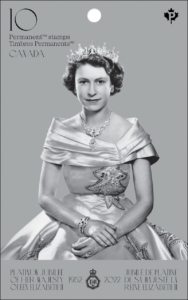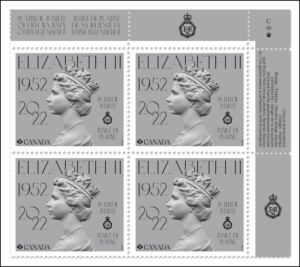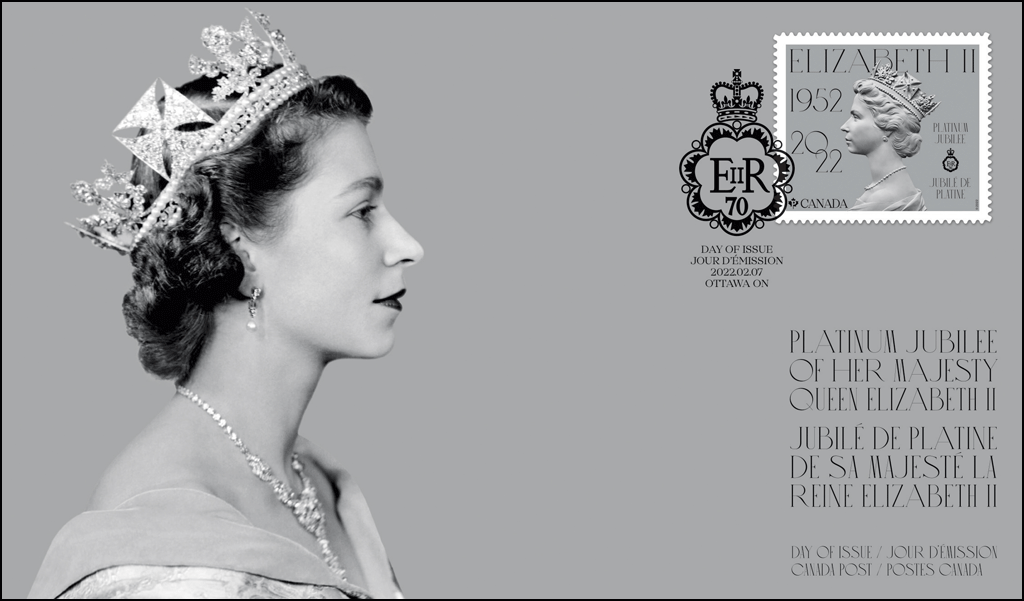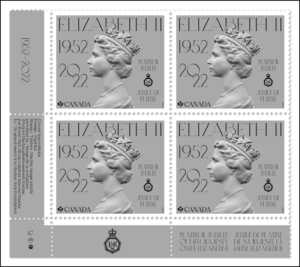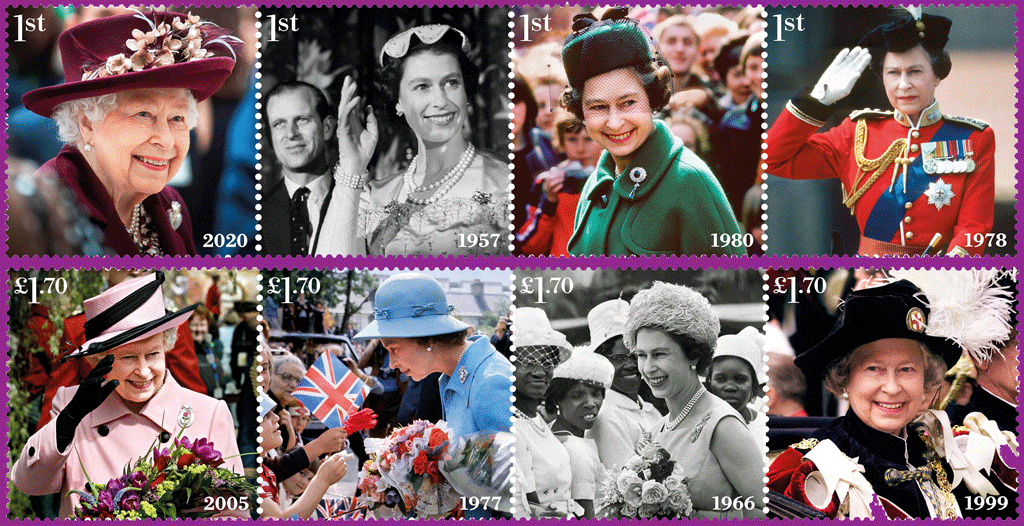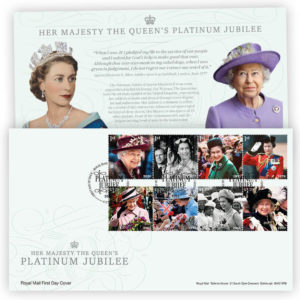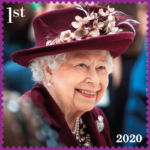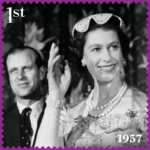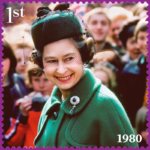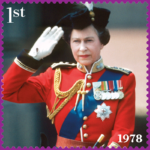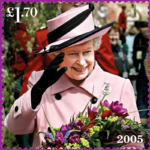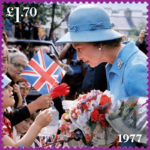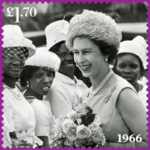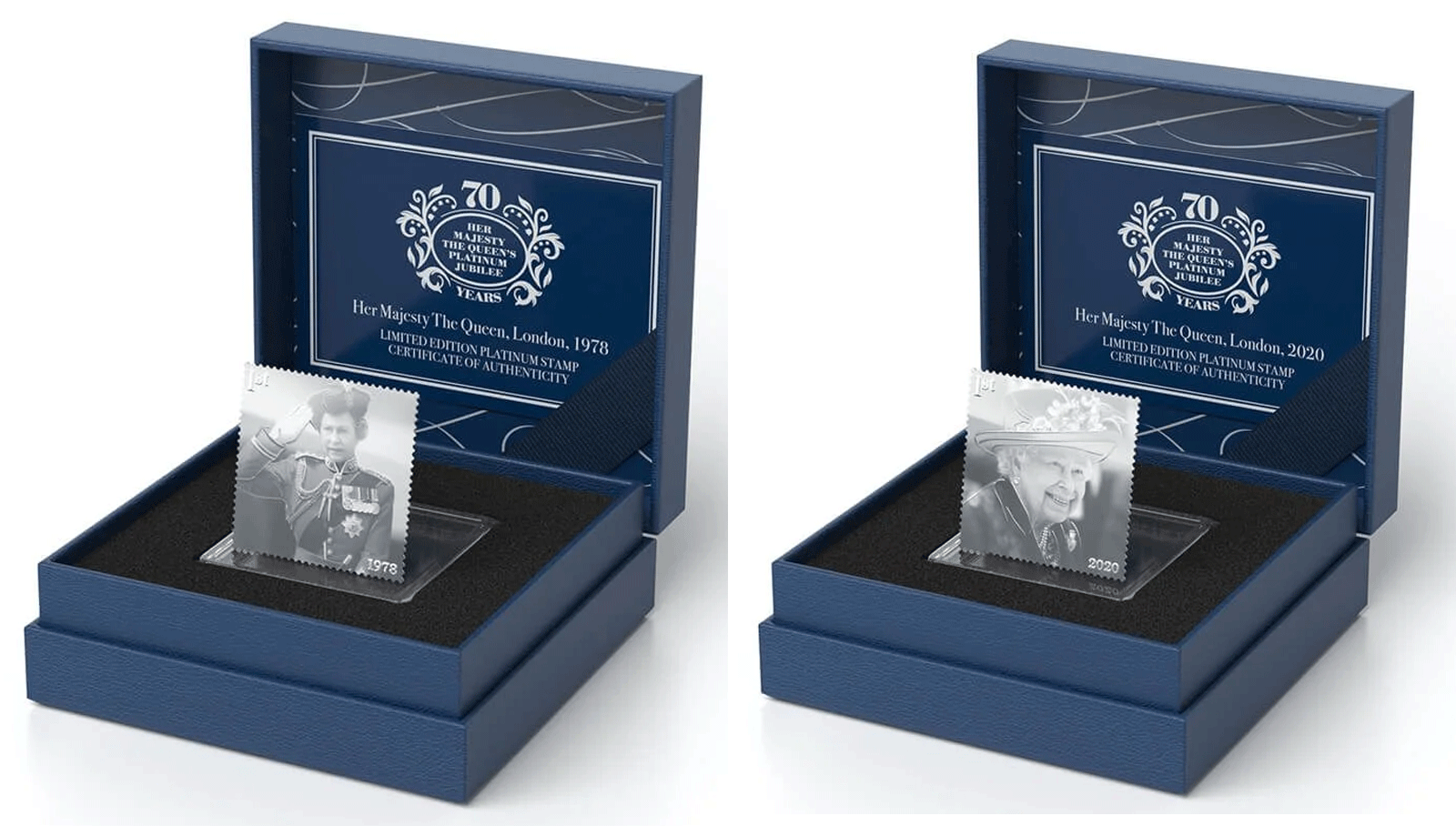[press release] [click on any of the pictures for larger versions]
The Stamp Designs of David Gentleman
Royal Mail Pays Tribute to the Man Who Changed British Stamp Design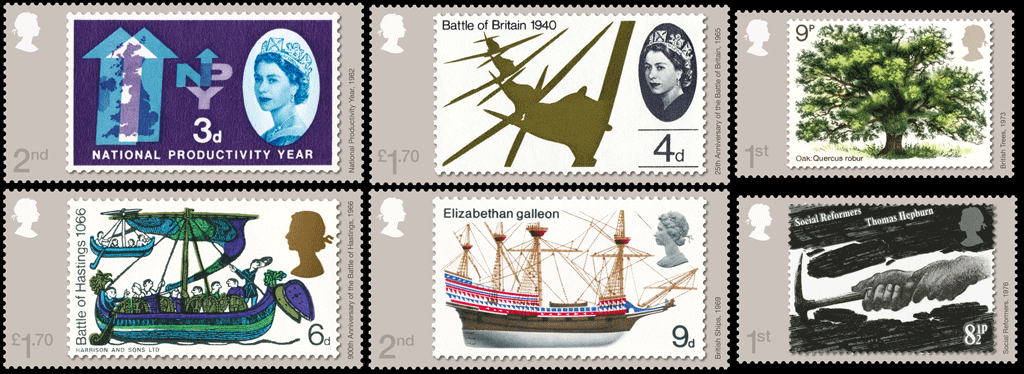
- David Gentleman’s designs have featured on more stamps than that of any other designer – 103 issued stamps
- Royal Mail collaborated closely with David Gentleman to select six iconic stamps for the issue
- Stamps that feature in the set are:
- National Productivity Year -1962
- British Ships -1969
- British Trees – 1973
- Social Reformers – 1976
- 900th Anniversary of the Battle of Hastings – 1966
- 25th Anniversary of the Battle of Britain – 1965
- More than 50 years after his first designs, the impact of Gentleman’s work on Royal Mail’s Special Stamps programme can still be seen
- This is the first time Royal Mail has dedicated an entire issue to a designer of its commemorative stamps
- The stamps and a range of collectible products are available from today (18 February) at www.royalmail.com/davidgentleman and by phone on +44 (0)3457 641 641
Royal Mail has announced the launch of a set of six stamps that pay tribute to the designer credited with changing the face of British stamp design, David Gentleman
Royal Mail collaborated closely with Gentleman to choose a selection of some of his most iconic and influential images from the world of British stamps.
This is the first time Royal Mail has dedicated an entire issue to a designer of its commemorative stamps.
David Gentleman has designed 103 issued stamps for Royal Mail. He has also provided many more artworks for issues that did not come to fruition and is the most prolific and influential British stamp designer.
David Gentleman said: “Stamps were fun to design, though squeezing a lot into a small space wasn’t easy. At first it was difficult to fit in The Queen’s head until I turned it into the simple profile which is still used today. Stamps I particularly enjoyed designing were for the Battle of Hastings 1066, and Social Reformers.”
David Gold, Royal Mail, said: “David Gentleman is one of the foremost artists involved in British stamp design. For over half a century, he has made an enduring contribution to British stamp design. His work continues to influence and inspire designers today.”
David Gentleman:
Prior to 1962, stamp design had been as largely symbolic or stylised, and issues had been
few in number. David Gentleman’s first successful designs had been for the National Productivity Year in 1962, using symbolic arrows.
In January 1965 David Gentleman wrote to the new Postmaster General, Tony Benn, in response to a general invitation for ideas about stamps. Gentleman recommended much more interesting subject matter than had been featured previously: special themes for stamp issues rather than commemoratives for conferences or festivals.
With The Queen’s agreement, Gentleman was then commissioned to produce an album of
experimental designs, which would prove to be a source of inspiration for at least 20 years.
The original themes were an exciting range of ideas, from regional landscapes, plants, trees, birds and animals to the Industrial Revolution, bridges, railway engineering and famous people. Gentleman also proposed a new size of stamp and introduced a small cameo of the Queen, based on her profile as depicted by Mary Gillick on coins from 1953.
After characteristic wood engravings for the Shakespeare Festival, his designs for stamps
featuring Winston Churchill and a set on the Battle of Britain, both issued in 1965, were innovative and revolutionary. The Queen’s head was reduced to a minimum and the concept of se-tenent (joined together) designs was first introduced.
His subsequent stamp designs were equally inventive. For the 1966 World Cup stamps, Gentleman used real-life photographs as the basis for his design. For the 1969 stamps celebrating the first flight of the Anglo-French Concorde, he developed some of his ideas from what became known as the David Gentleman Album, and the design process was featured in the GPO film Picture to Post. British Ships in 1969 followed the Battle of Hastings in having some values much larger in size. Other iconic
stamps featured Gentleman’s watercolour paintings of the oak and the horse chestnut, issued in 1973 and 1974.
In 1976 came the Social Reformers stamps. On these, a coal face, chimney stacks, prison cells and the operation of cotton mills were represented in such a way as to create a continuous pattern over a whole sheet of stamps each. These were all in a new size and shape, which later became standard. David Gentleman’s most recent issued stamp designs were for the Millennium Timekeeper miniature sheet, depicting the stylised hands of a clock and globe.
The stamps and a range of collectible products are available from today (18 February) at www.royalmail.com/davidgentleman and by phone on +44 (0)3457 641 641.

